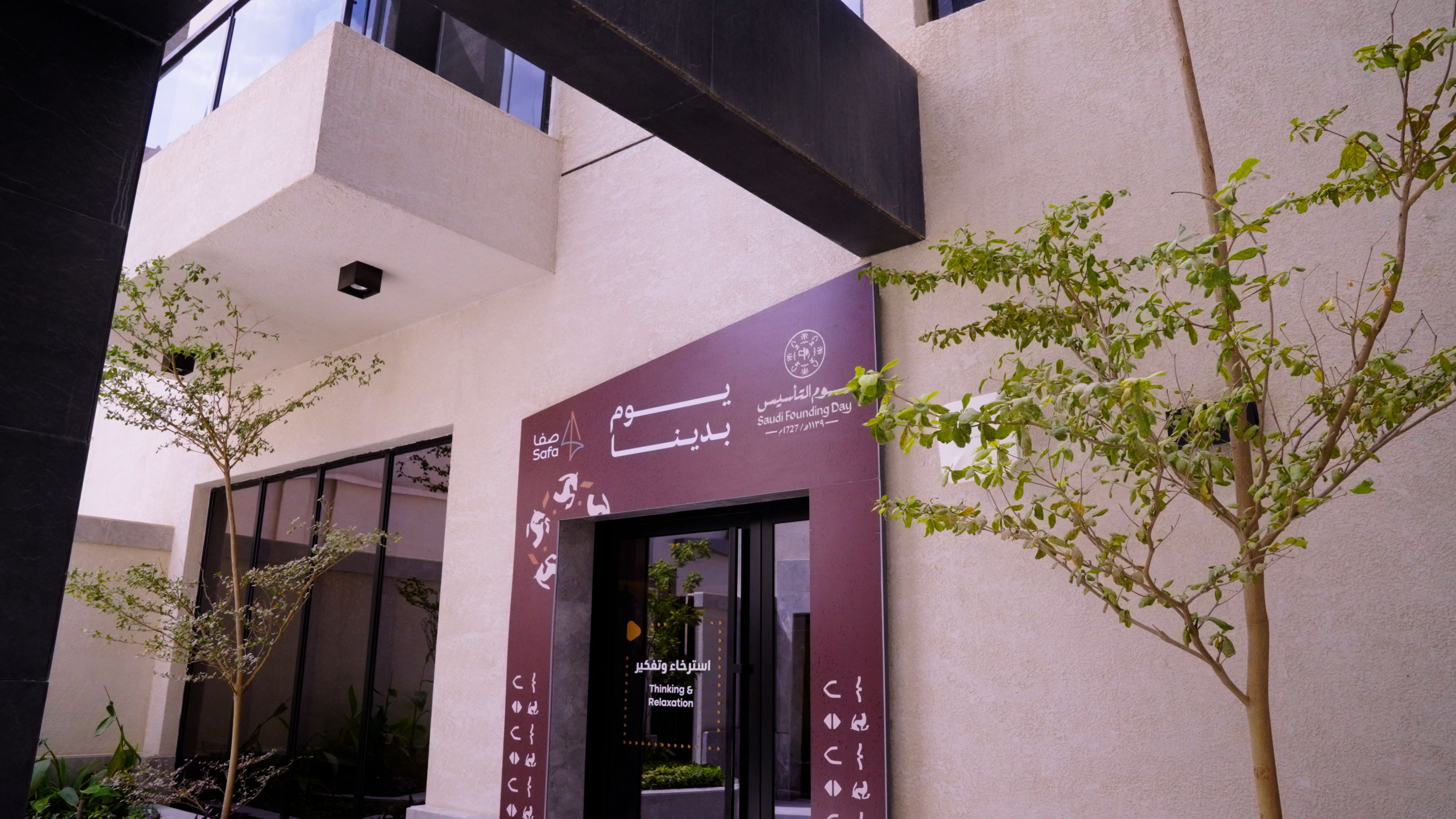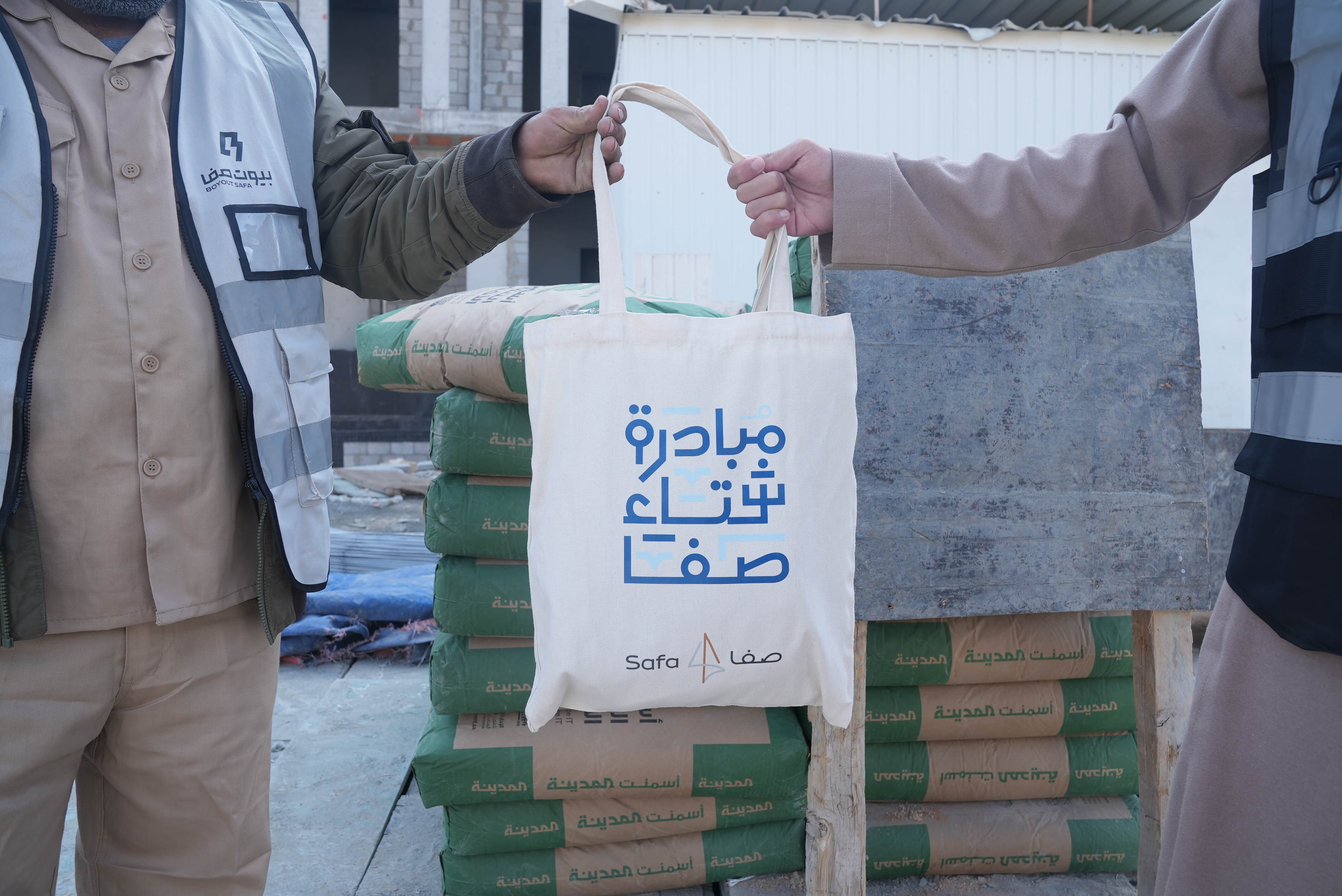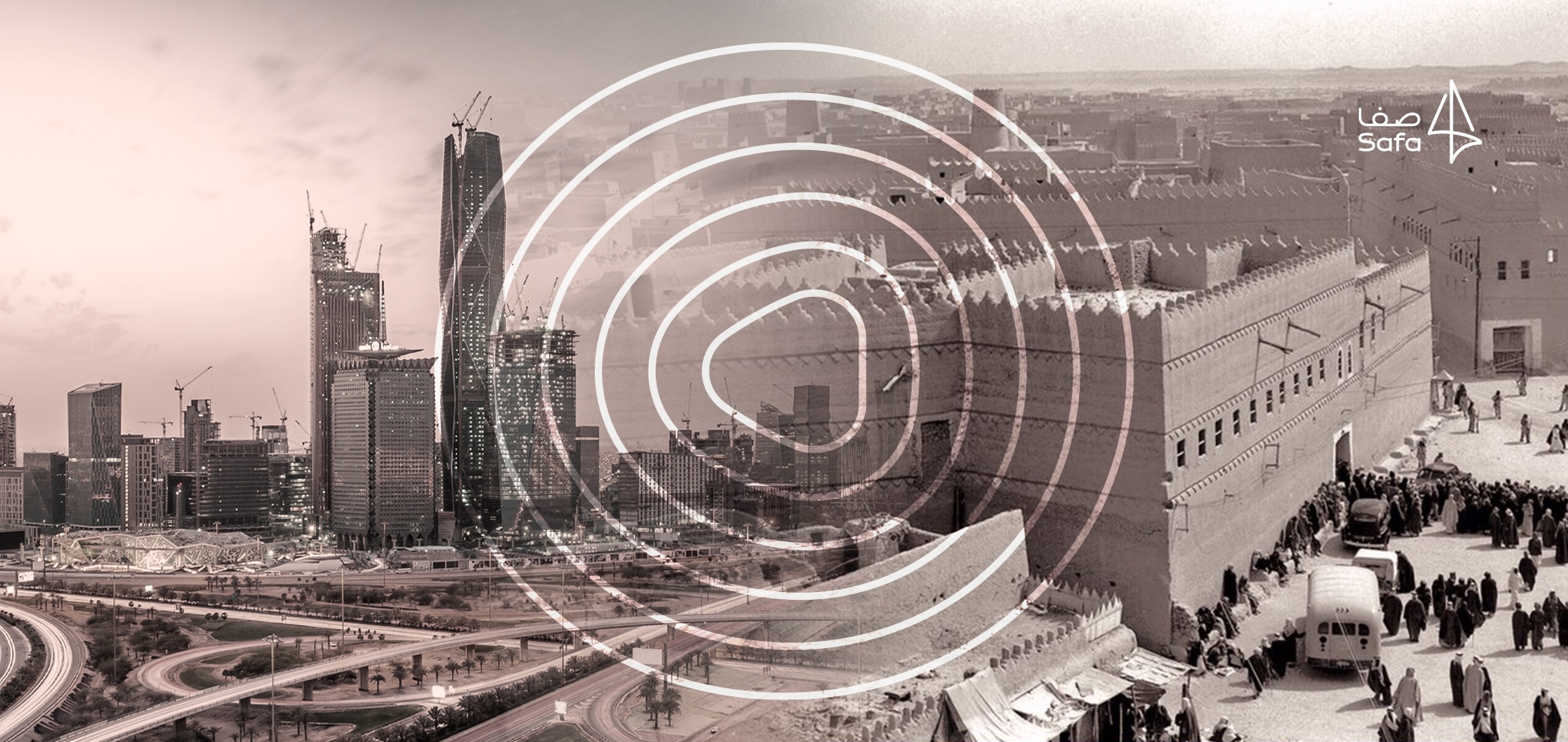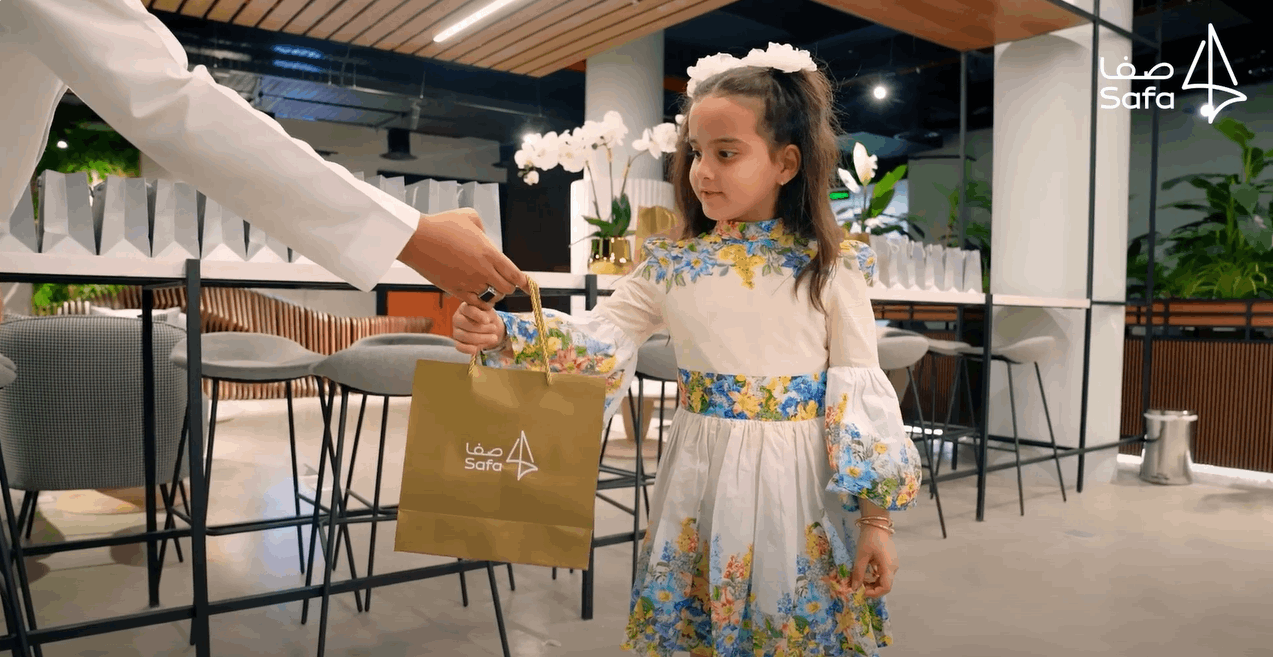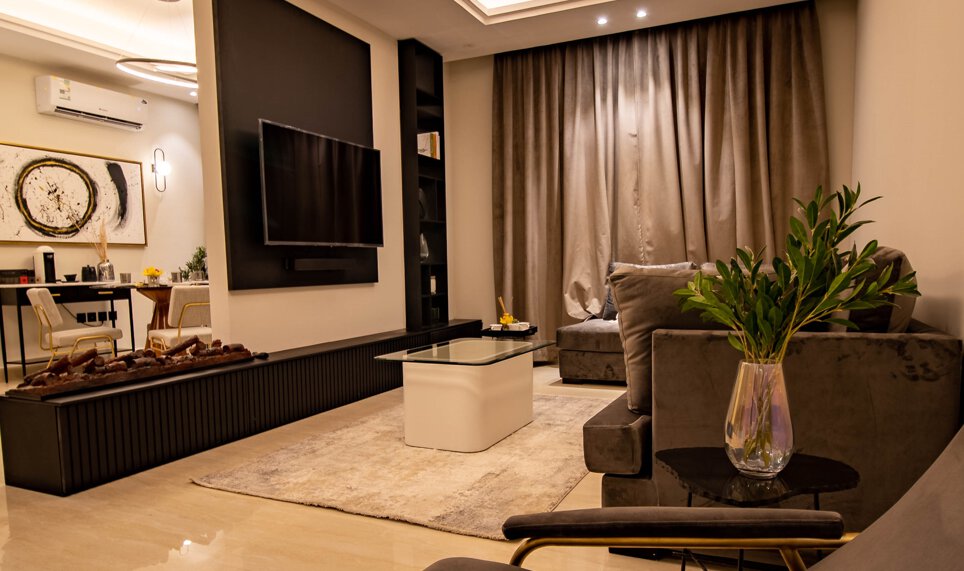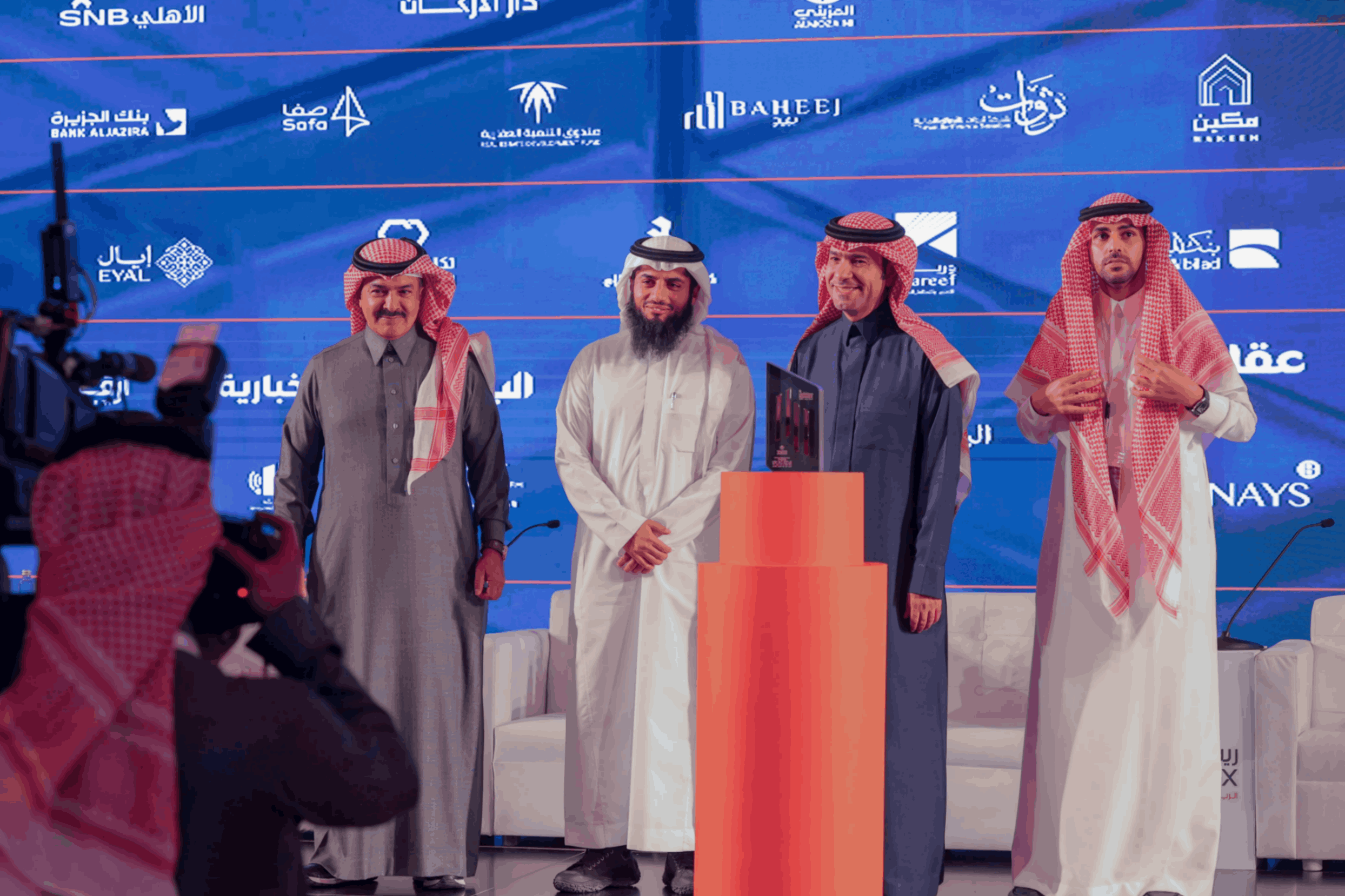Similar Blogs
Radical Changes in Infrastructure and Communities in the Kingdom
Saudi Arabia, one of the largest countries in the Middle East, has witnessed significant transformations in various aspects of life in recent decades, including housing patterns. These changes are attributed to a combination of economic, social, and political factors that have influenced infrastructure and communities.
Economic Growth and Urban Transformation:
Since the discovery of oil in the 1930s, Saudi Arabia has experienced a massive economic boom. This boom accelerated urbanization and increased migration from rural areas to major cities such as Riyadh, Jeddah, Dammam, and Qassim. Economic growth led to the expansion of urban areas and the construction of new residential neighborhoods to meet the rising demand for housing.
Social and Cultural Shifts:
Social and cultural changes have played a significant role in shaping housing patterns in Saudi Arabia. With higher levels of education and exposure to other cultures, residents' expectations regarding quality of life and housing have evolved. There is now greater interest in integrated residential communities, exemplified by projects like Safa Investment. This has increased the demand for modern residential compounds that offer all necessary services and amenities, such as shops, parks, sports clubs, and proximity to essential facilities like healthcare, education, and commercial centers.
Shift Towards Sustainability:
In recent years, Saudi Arabia has placed greater emphasis on environmental sustainability in urban planning. Saudi Vision 2030 aims to develop smart and sustainable cities that rely on advanced technologies to reduce energy and water consumption. Projects like the Safa Investment compounds reflect this trend, as these developments are designed with a focus on sustainability and innovation.





